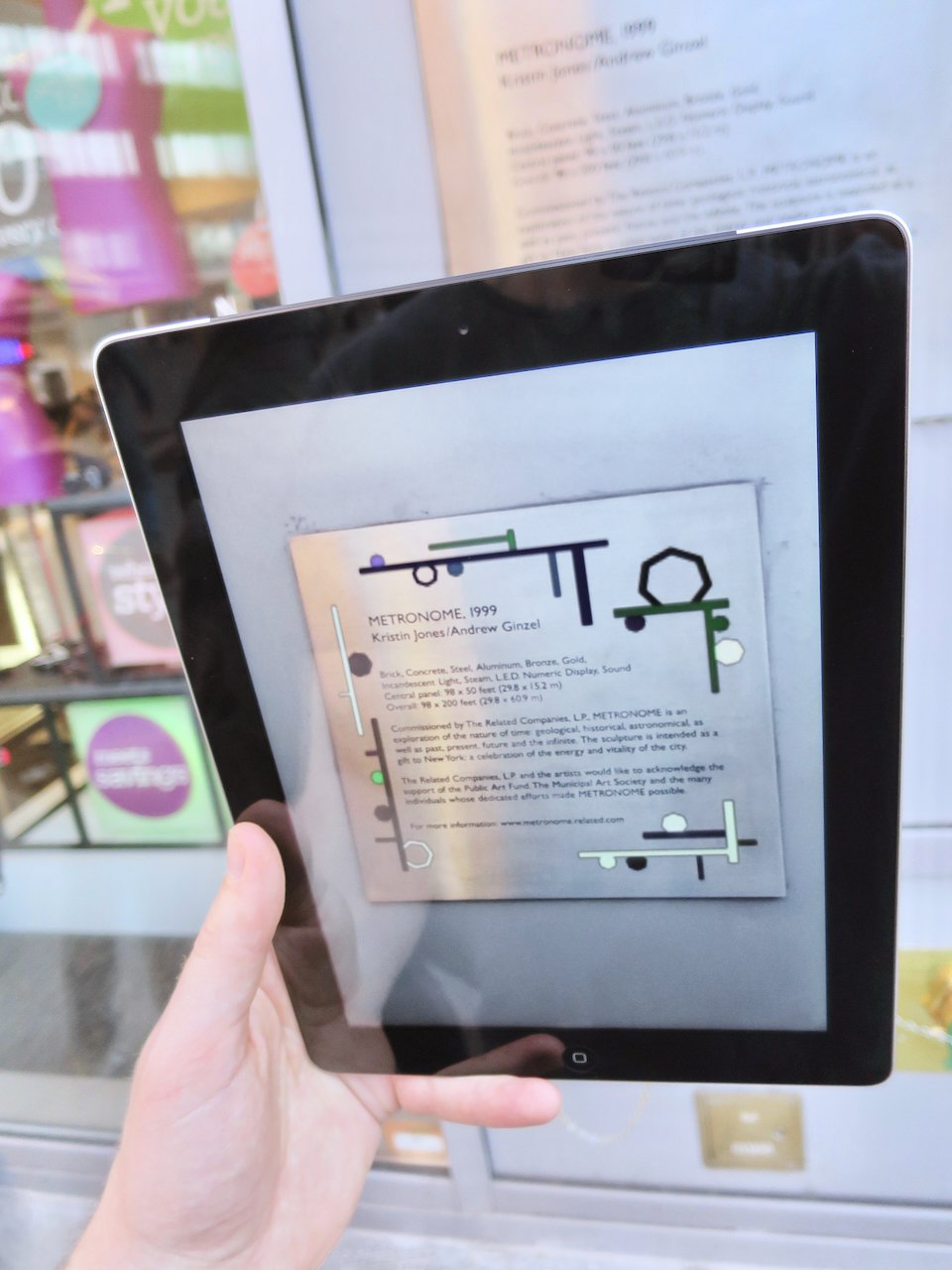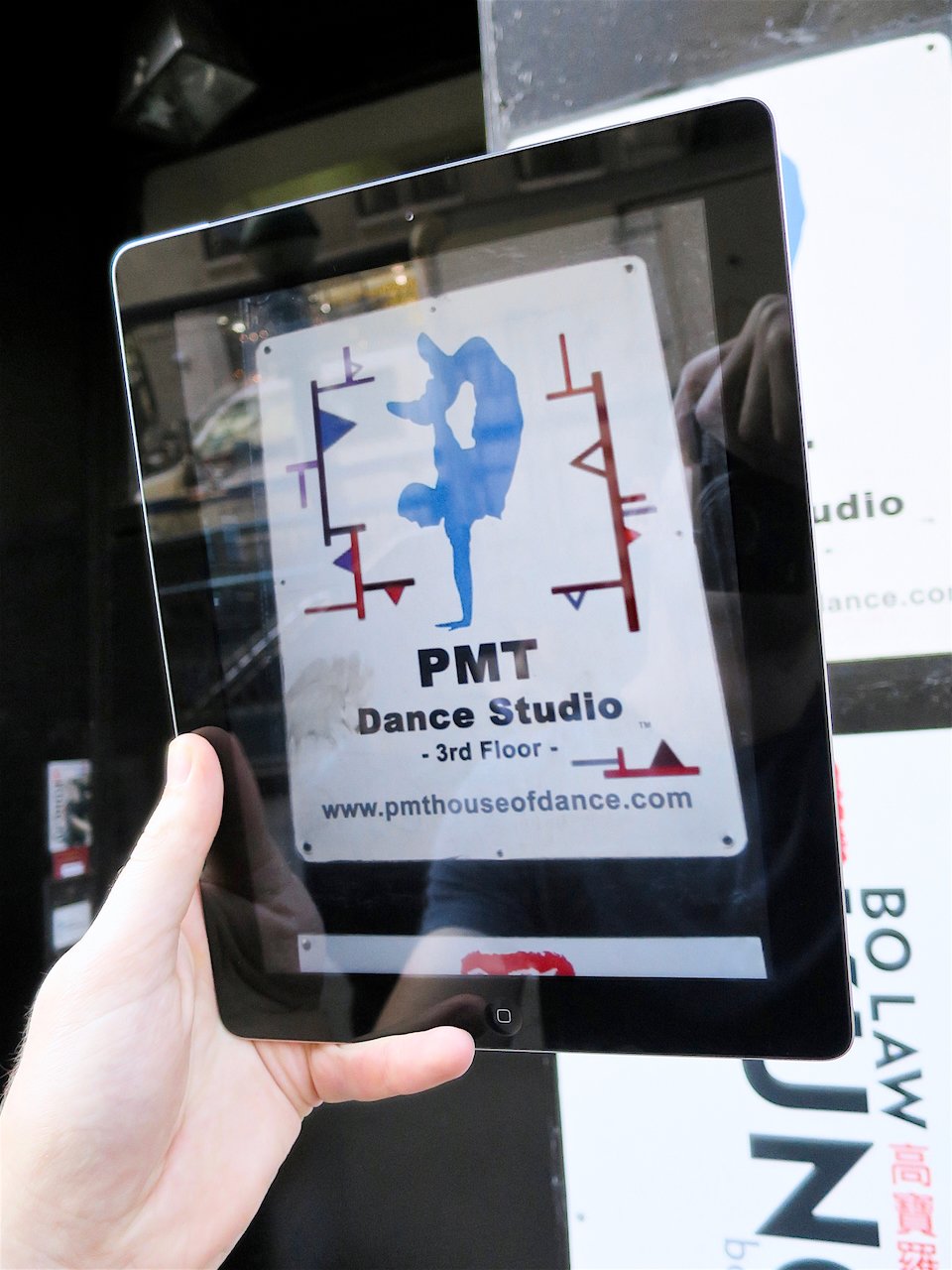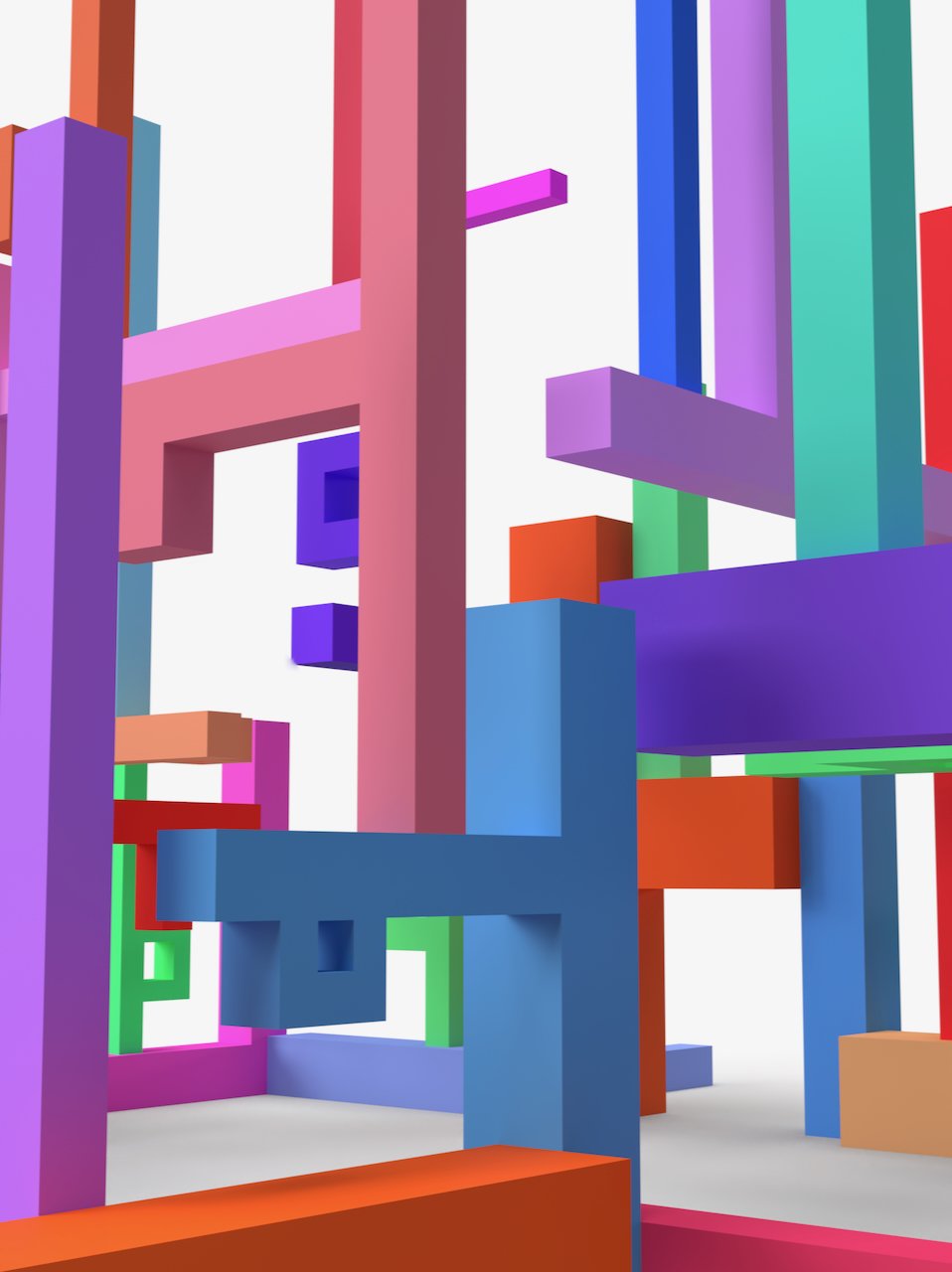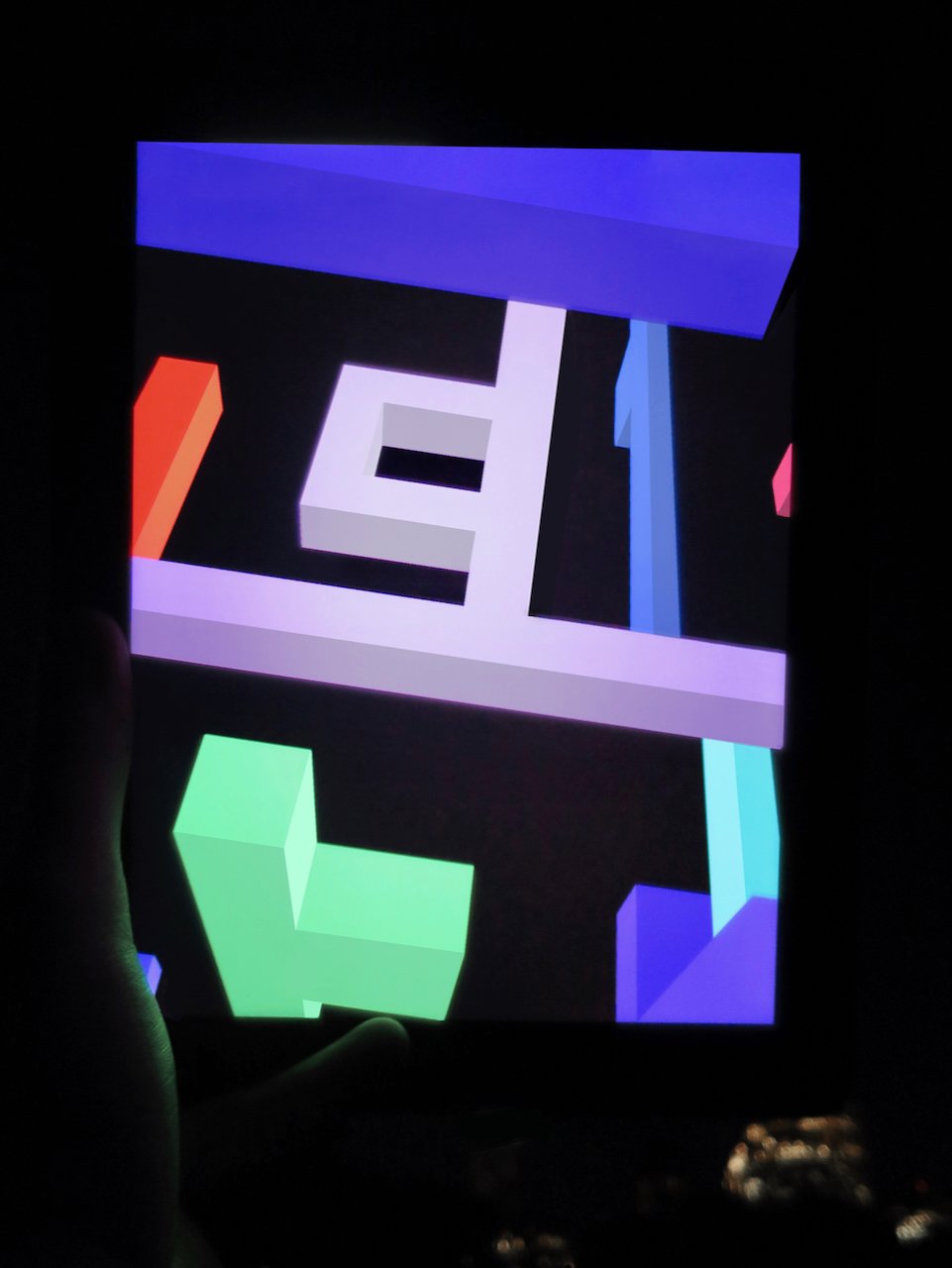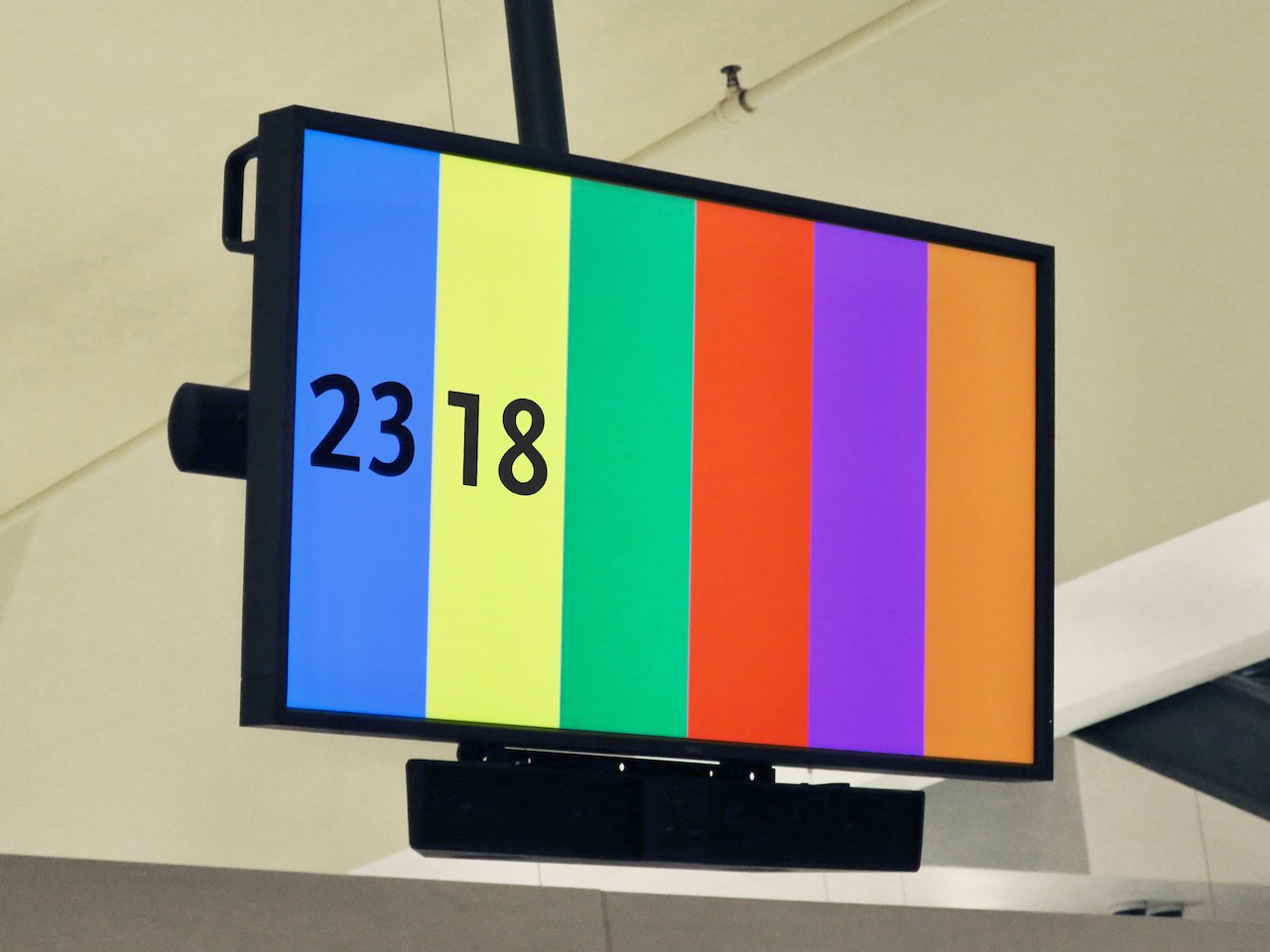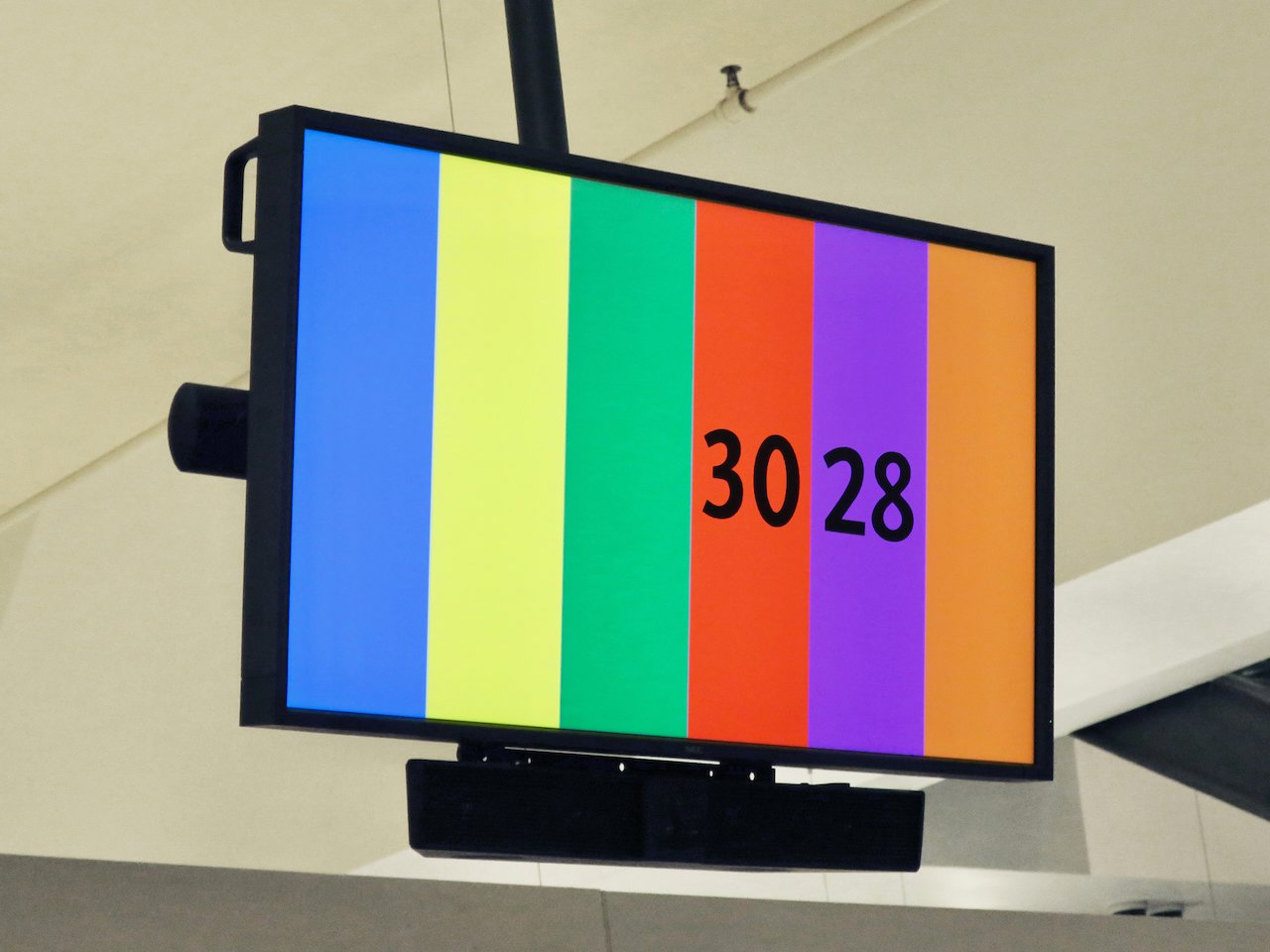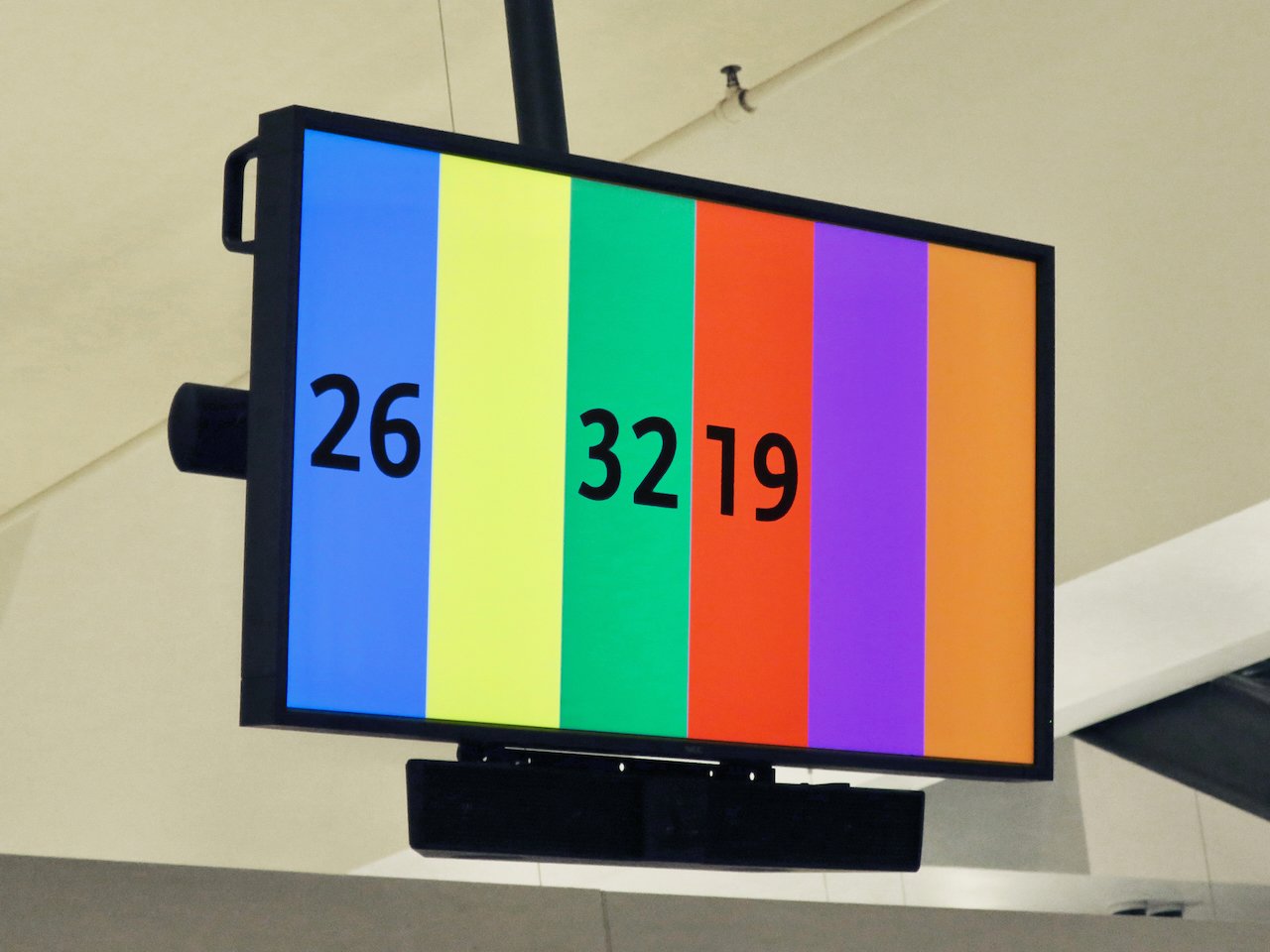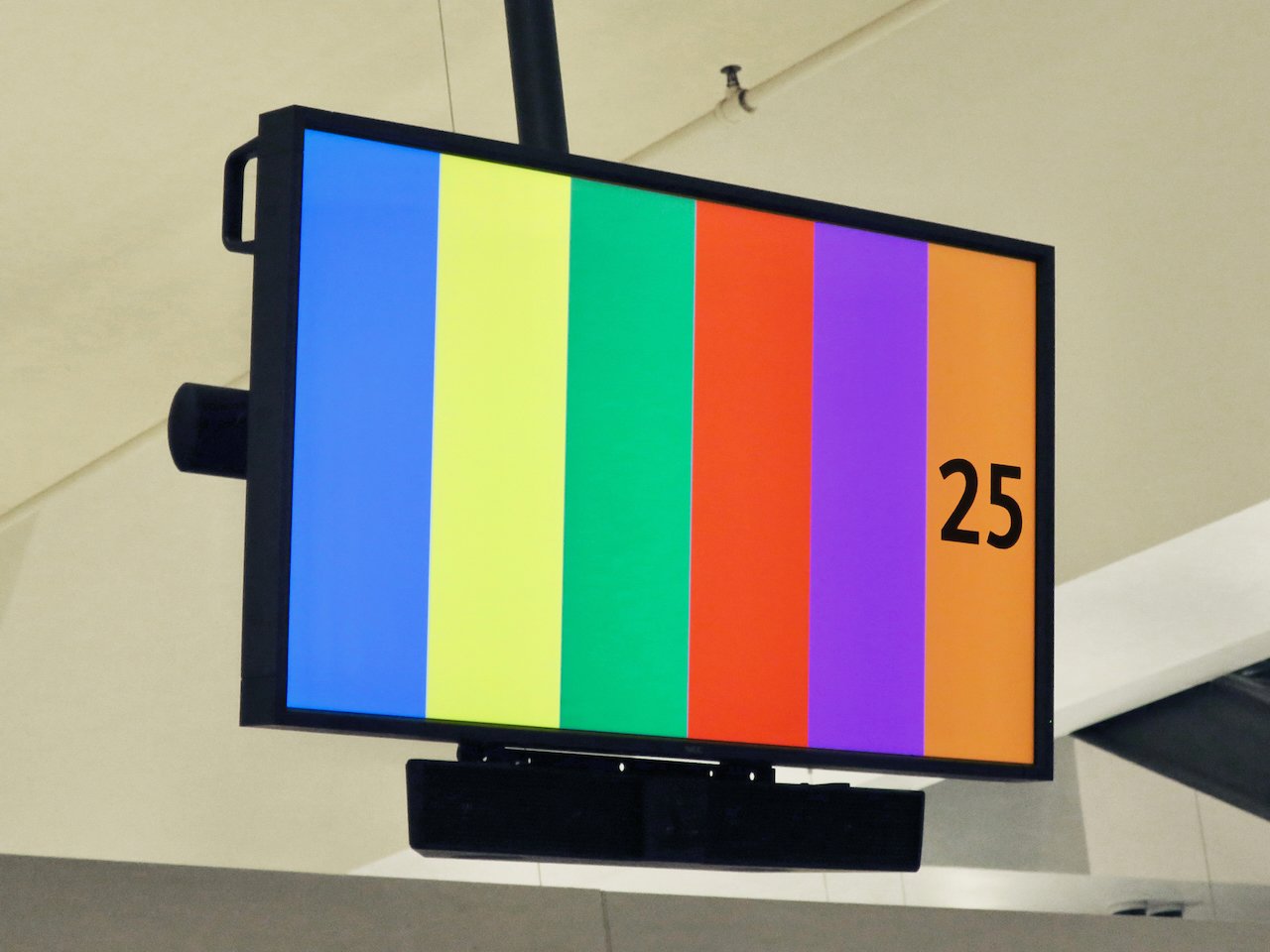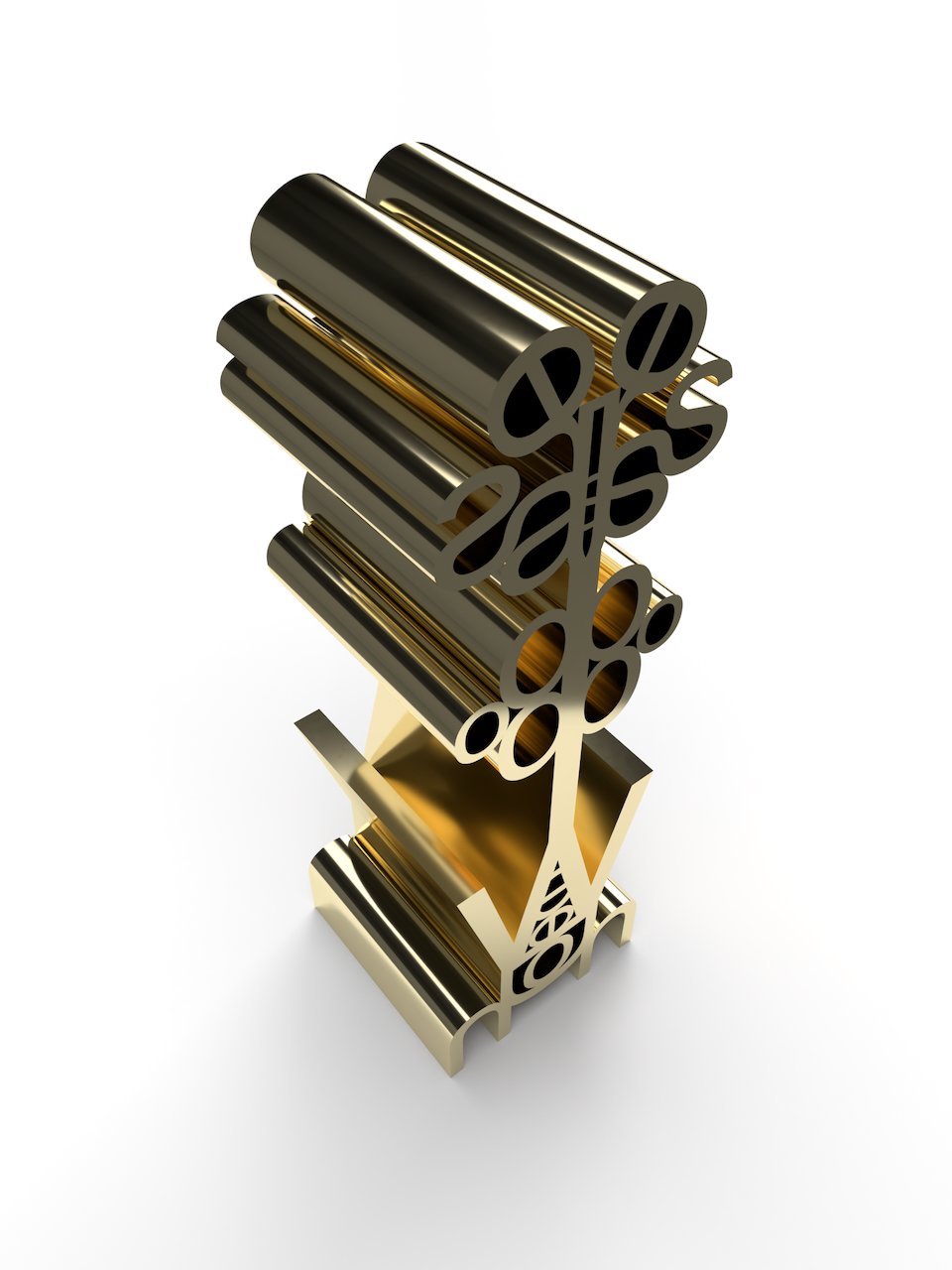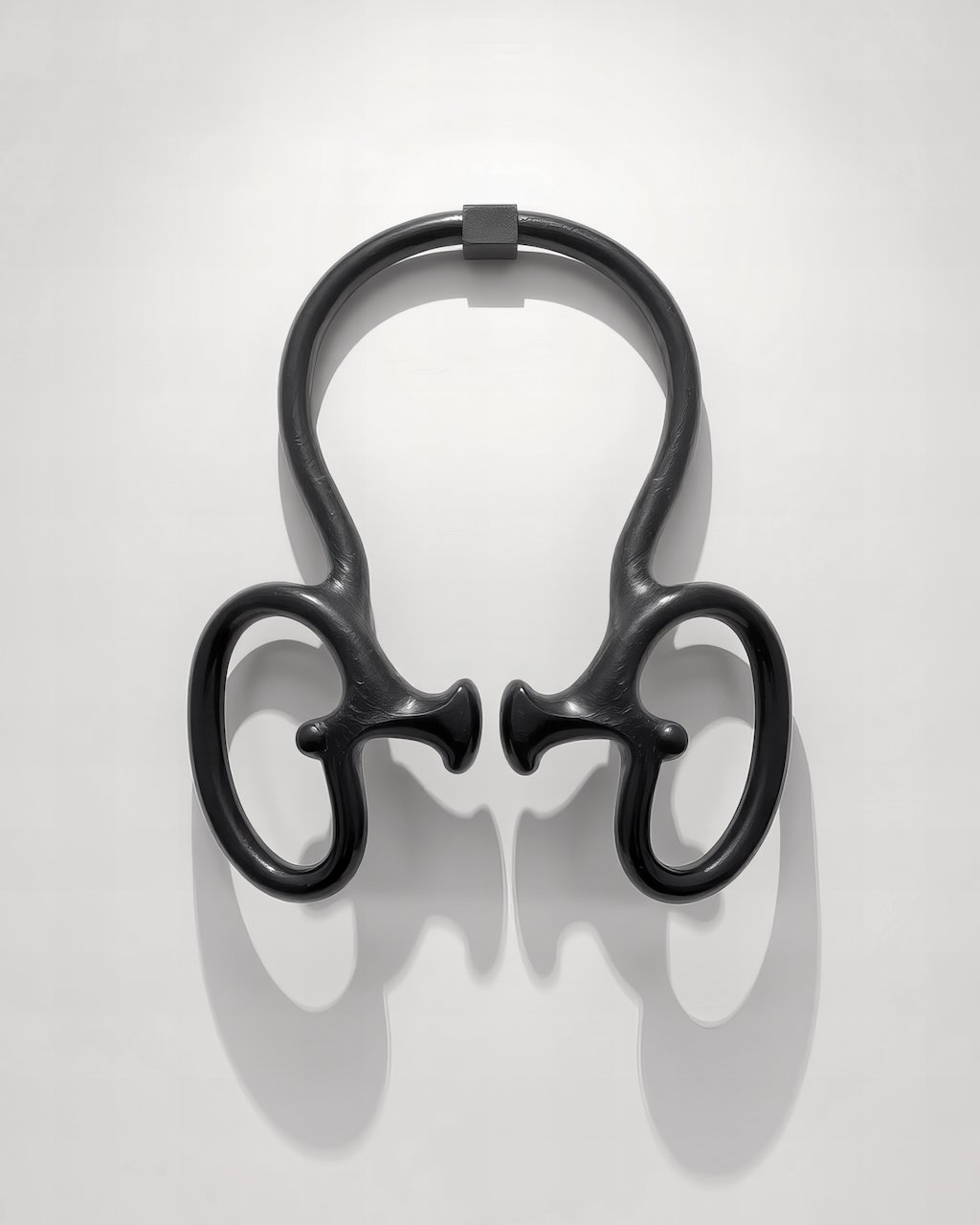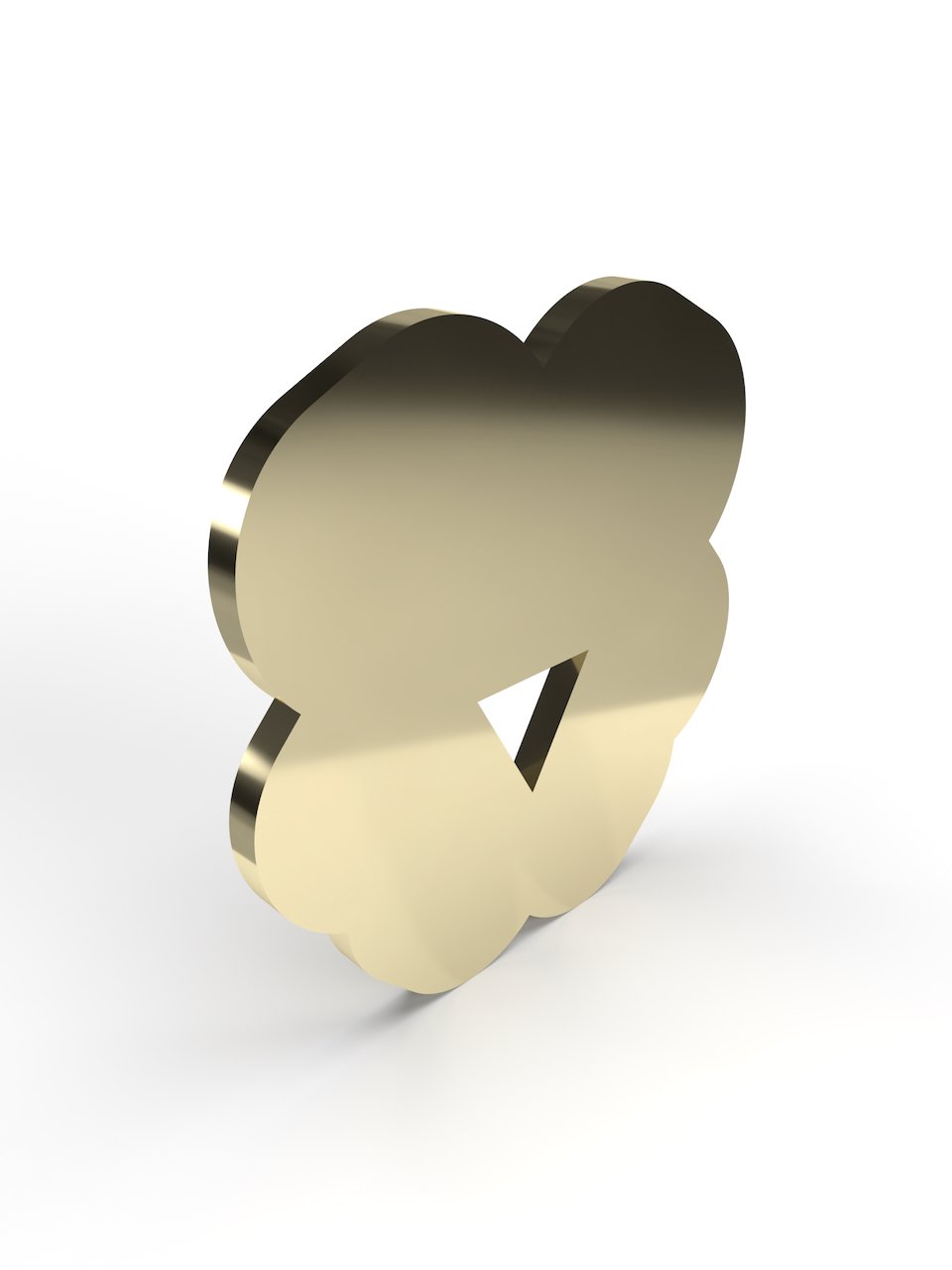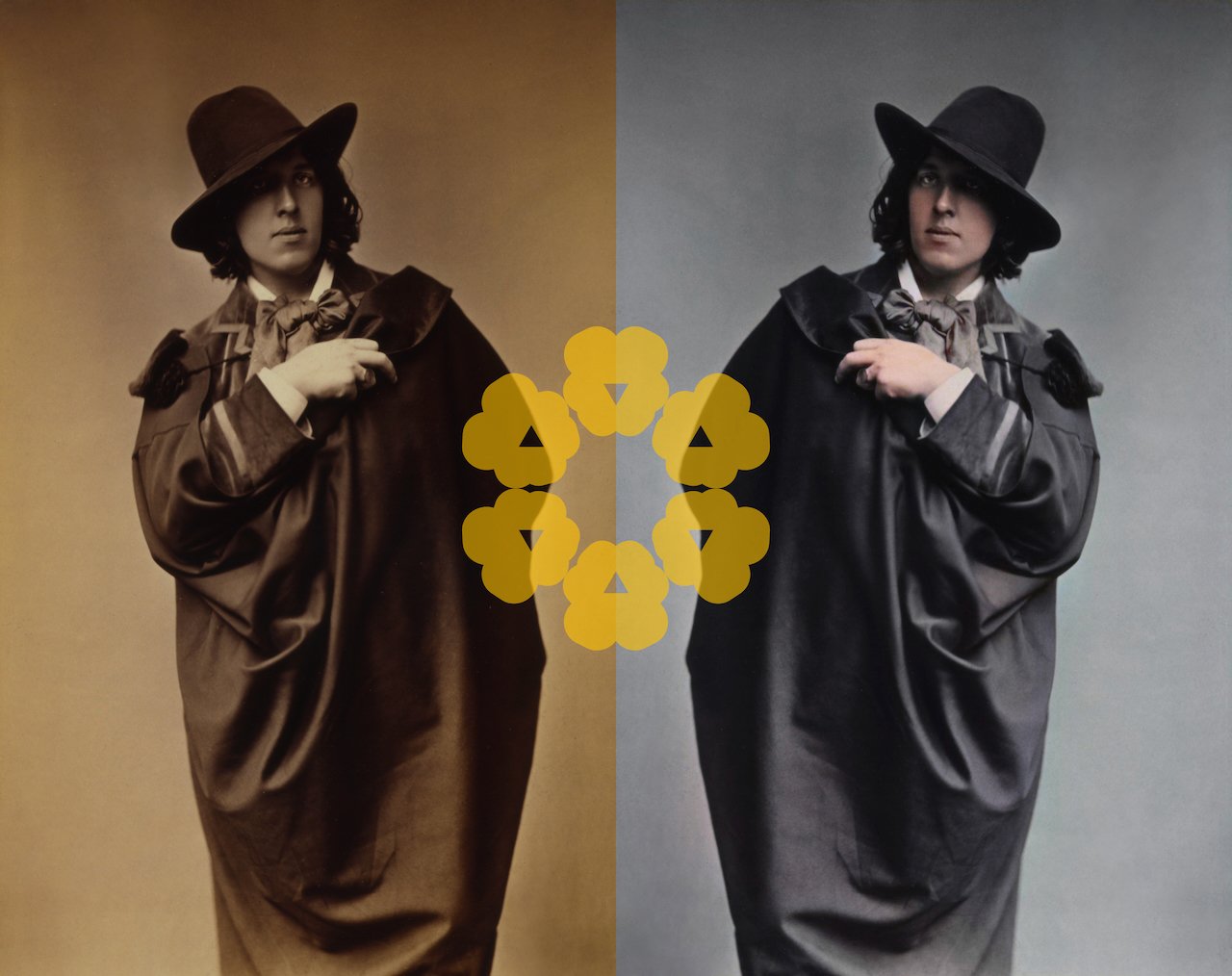make visible: new york
New York, US, ongoing.
Make Visible: New York is a chapter of the overarching Make Visible project developed by Shannon Novak. It aims to grow support for queer communities in the state of New York, US, by making visible challenges and triumphs for these communities. The chapter manifests as work developed with local queer communities across multiple sites over time. Given the scale and complexity of queer communities in the state of New York, Make Visible: New York is further broken down into sub-chapters by region, starting with the sub-chapter Make Visible: North Country.
background
Queer communities experience disproportionally higher rates of anxiety, suicide, and depression than the general population in the US. Make Visible: New York aims to help reduce these rates for queer communities in the state of New York (and beyond) through increased visibility of and support for these communities. Some recent statistics include:
67% of queer youth experience symptoms of anxiety, 54% experience symptoms of depression, and 41% seriously considered attempting suicide (1).
Queer adults experience higher rates of anxiety and depression than non-queer adults (2).
More than 50% of queer older people experience discrimination in employment and/or housing (3).
Nearly 4 in 5 queer adults take at least one action to avoid experiencing discrimination (4).
More than 50% of trans and non-binary people experience discrimination (4).
50% of queer adults experience workplace discrimination or harassment (4).
More than 96% of students in K-12 schools were excluded from a school or classroom activity for having a queer parent or caregiver (5).
More than 70% of students in K-12 schools are verbally harassed for having a queer parent (5).
Sources:
2023 U.S. National Survey on the Mental Health of LGBTQ Young People, The Trevor Project, 2023.
Mental Health Struggles Higher Among LGBT Adults Than Non-LGBT Adults in All Age Groups, U.S. Census Bureau, 2022.
Facts on LGBTQ+ Aging, SAGE, 2021.
Discrimination and Barriers to Well-Being: The State of the LGBTQI+ Community in 2022, Center for American Progress (CAP), 2022.
Experiences of LGBTQ+ Students and Families in Our K-12 Schools, GLSEN, 2023.
1. PRECURSOR
New York, US, 2013 - 2023.
Make Visible: New York began in 2023 based on a decade of work developed by Novak focusing on queer heritage in New York. This precursor work aimed to illuminate or make visible sites of significance for local queer communities through the lens of contemporary art.
1.1 manhattan phrase
New York City, New York, US, 2013.
14th Street in Manhattan, New York City, can be seen as a border between worlds. It’s been referred to by some as a border between Lower Manhattan and Midtown Manhattan or the northern boundary of Downtown. It was also home to many queer spaces over time including gay clubs, queer theatre, and meeting points for gay rights groups. Manhattan Phrase illuminated the heritage of twelve sites along 14th Street using virtual forms accessed through augmented reality.
1.2 pastorale
New York City, New York, US, 2013.
The first gay pride march in New York occurred on the 28th of June, 1970. Titled “Christopher Street Liberation Day” the march commemorated the first anniversary of the Stonewall riots. It began in Sheridan Square, went through Sixth Avenue, and ended in Sheep Meadow, Central Park. There at Sheep Meadow a “Gay-In” was held that included music, refreshments, and speeches. Pastorale was a virtual sculpture accessed through augmented reality Novak developed to echo the many individuals and groups that initiated and supported the events on this day.
1.3 COALESCE
Online, 2013.
During a research trip to New York City for Manhattan Phrase and Pastorale, Novak documented, archived, and analysed various sights and sounds at sites associated with both projects. These helped inform the colour, form, movement, and sounds of the final work/s for each project. Novak turned one of these elements (a queuing system in a local supermarket in Manhattan) into its own project titled Coalesce to help tie Manhattan Phrase and Pastorale together.
1.4 INTERVALS
Pelham Bay Park, The Bronx, New York, US, 2016.
Intervals was a series of augmented reality works developed with support from NYC Parks exploring queer heritage in Pelham Bay Park. In 1971, the park was described as a cruising spot in an issue of Gay Scene magazine, especially around Rodman’s Creek. This is where the work began with an augmentation of a newly created map of the park area. In 1994, the park was a sports venue for the Gay Games IV. Pelham Bay and Split Rock Golf Courses were the sites selected for golf events, there was an off-road race (cycling) in the park, and Orchard Beach was the site for the triathlon. The park also hosted The 1st Stonewall Regatta (rowing). These activities and moments in time were captured with the remaining work in Intervals through augmented reality, work that built on visual language used in paraphernalia from the Gay Games IV.
2. Make visible: north country
North Country, New York, US, ongoing.
Make Visible: North Country is the first sub-chapter of Make Visible: New York. It began in 2023 with support from there Richard F. Brush Art Gallery at St. Lawrence University in Canton, New York with the online exhibition Love’s Galaxy.
2.1 love’s galaxy
St. Lawrence University, Canton, New York, US, 2023.
On 21 September, 1894, the Plattsburgh Daily Press published a poem titled The Lesbian Poets by C.A. Kelly. There is varying opinion on when the term "lesbian" took on its modern meaning, but it has been cited as far back as 1736 in The Toast, a heroic poem by William King. One key line in Kelly’s poem is “Sappho's rainbow robed Desire". Sappho, an ancient Greek poet from the island of Lesbos, was known as a symbol of lesbian love when the poem was written. What is most notable though, is the queering of the rainbow with “Sappho’s rainbow”. Research suggests the earliest known queering of the rainbow was in 1915 through the novel The Rainbow by D.H. Lawrence which features a lesbian relationship. Kelly’s poem precedes this by more than 20 years so it could be the earliest known example of the rainbow being queered. It is one of many moments in local queer history not formally recorded, but one Novak, local queer communities, and the Make Visible: North Country project aim to record in local museum archives. Growing local queer history archives can increase queer visibility and decrease feelings of erasure. It can help queer people feel seen, valued, and ultimately experience positive mental health outcomes.
Full documentation of this work is available here.
2.1.1 SAPPHO’S RAINBOW ROBED DESIRE
St. Lawrence University, Canton, New York, US, 2023.
Sappho’s Rainbow Robed Desire is a series of works that acknowledge, illuminate, and celebrate the discovery of The Lesbian Poets by C.A. Kelly. The first work, Sappho’s Rainbow Robed Desire I, explores Sappho’s voice through the recreation of a barbiton, the ancient stringed instrument Sappho holds in one of the earliest images of Sappho painted on the side of a vase by Brygos Painter c. 470 B.C. The work extends the two-dimensional text of the poem in the original newspaper into three-dimensional space, seven strings reflecting the seven colours of the rainbow. This form is then expanded, reconfigured, and tessellated into fictional queer artifacts.
The next work, Sappho’s Rainbow Robed Desire II adds motion and sound to one of the fictional queer artifacts produced in Sappho’s Rainbow Robed Desire I. The barbiton form is tessellated seven times into the seven colours of the rainbow, spinning like a globe on its axis. The colours change over time as seven different light filters (the same seven colours of each barbiton) are applied following the order red, orange, yellow, green, blue, indigo, and violet. The different filters absorb different wavelengths in the visible spectrum, erasing particular colours.
The sound component is an edited version of the audio recording I'm Going Back To My Used To Be, recorded in New York in 1923 with vocalists Bessie Smith and Clara Smith. Bessie and Clara were not related but both have been described as leading queer figures in blues. This audio recording could then be one of the earliest recorded queer duets. Bessie and Clara were born the same year in 1894, which is the year The Lesbian Poets by C.A. Kelly appeared in the Plattsburgh Daily Press. Specific sound frequencies have been removed from the original track to uplift and centre the vocals, similar to the process of colour absorption that occurs in the accompanying visuals.
Audio source: I’m Going Back To My Used To Be, Smith, B., Cox, J., Henderson, F., Smith, C. & Cox, J., 1923, Library of Congress, Washington, DC, US.
The next work, Sappho’s Rainbow Robed Desire III, presents another fictional queer artifact. It is a three-dimensional object made from the 26 characters in Kelly’s line: “Sappho’s rainbow robed Desire”.
The final work, Sappho’s Rainbow Robed Desire IV, adds colour and movement to the transcript of Kelly’s poem.
2.1.2 ASTERISMS
St. Lawrence University, Canton, New York, US, 2023.
Asterisms is a series of works that consider challenges and opportunities raised in using AI to generate queer heritage and its future possibilities. The works show same sex intimacy in front of campus buildings at St. Lawrence University from the late 1800's to the 1920’s. They appear to be documentation of LGBTQI+ life from the distant past in Canton and were co-developed with artificial intelligence (AI). Novak obtained heritage photos from the St. Lawrence University Owen D. Young Library and asked AI to add same sex couples being intimate to each photo. These images were further edited by Novak in a separate image editing program. Each image is given a title using a coding system that links it directly to the Lavender Tech Project (LTP). This also helps to identify that the work uses AI.
Image sources (in order of appearance):
Early Campus From Park Street, Unknown Photographer, c. 1880, Special Collections, Owen D. Young Library, St. Lawrence University, Canton, New York, US.
Campus From the Back of Richardson, Unknown Photographer, c. 1900, Special Collections, Owen D. Young Library, St. Lawrence University, Canton, New York, US.
The Campus, Peck, H.N., c. 1913, Special Collections, Owen D. Young Library, St. Lawrence University, Canton, New York, US.
"Long Walk" From Behind Hepburn, General Electric Co., 1929, Special Collections, Owen D. Young Library, St. Lawrence University, Canton, New York, US.
2.1.3 JUNCTURE
St. Lawrence University, Canton, New York, US, 2023.
On October 24, 1969 (the year of Stonewall), the UCA Film Committee at St. Lawrence University screened the film Reflections in a Golden Eye. It was about the adventures of an army major and his wife and the repression of homosexuality was one theme in the film. One review in Hill News (St. Lawrence University’s student newspaper since 1911 now called The Hill News) stated "we discover that the Major is a latent homosexual attracted to a virginal enlisted man. Unfortunately for the Major, the solider would rather spend his days sunbathing in the woods or riding horses in the nude". The original release of the film used a gold filter over all scenes that almost rendered it monochromatic, however, particular reds and greens were still visible.
Juncture is an edited image of St. Lawrence University taken in 1972 not long after the screening of Reflections in a Golden Eye on campus. Same-sex sexual activity between consenting adults was illegal in New York at this time, and homosexuality was still classified as a mental illness, so queer repression was prevalent. This is embodied through the application of a golden hue and subsequent desaturation of colour to the original colour photo obtained from the St. Lawrence University Owen D. Young Library.
There was however, a light emerging just around the corner and this is reflected in the colour intensity in Juncture. The following year in 1973, the Hill News published an article titled “Coming Out at St. Lawrence: Mentioning the Unmentionable” which signalled a positive change in attitudes to queer communities. It was the same year homosexuality was declassified as a mental illness.
Image source: 1970’s Aerial of Complete Campus, D.P. Church, 1972, Special Collections, Owen D. Young Library, St. Lawrence University, Canton, New York, US.
2.2 A TASTE OF HONEY
St. Lawrence University, Canton, New York, US, 2024.
In May 1966, two separate productions of the play “A Taste of Honey” by Shelagh Delaney were staged at the Noble Center auditorium in St. Lawrence University. The play included a gay character (Geoffrey), making it one of the earliest documented examples of queering space at the university. It was notable for being performed during a time same-sexsexual activity between consenting adults was illegal in New York, and homosexuality was still classified as a mental illness in the US. Taking its title directly from the play, A Taste of Honey is a body of work that acknowledges, explores, and expands the momentum of queer energy from this moment in history.
A Taste of Honey was developed, curated, and scheduled by the international queer art collective Hawkfish (which Novak is a member of) for St. Lawrence University. It is a series of digital interventions that allow Hawkfish to bypass formal systems and queer space on their own terms. The campus gallery becomes a rip in space and time that allows queer matter to flow in from an unknown queer realm, matter that actively seeks to puncture order, control, and heteronormativity. Rose pink tentacles burst through the floors and walls, unabashedly disrupting architectonics, crystallising the air into seductive raw minerals. Smooth, shaped, totemic, metals and plastics form artifacts that expand the lexicology of the queer body and its often-troubled relationship with the world around it. Indoor grass is planted and left to indefinitely grow in any direction it pleases beyond physical and political boundaries. The gallery becomes a flicker of Fuchsian light, a garden before Eden, a taste of honey.
Full documentation of this work can be found here.
2.3 DEAR NORTH COUNTRY
St. Lawrence University, Canton, New York, US, 2025.
The Richard F. Brush Art Gallery and the English department hosted “Dear North Country”, an in-person letter-writing event in the Noble Center Ireland Lounge. Prompts for letter writing included: what do you wish your friends and neighbours to know about what it is like to be queer at St. Lawrence University and/or in the North Country? What have been some of your highs and lows as a queer person growing up and/or living here? How is being queer in the North Country similar to or different from your place of origin? People could also write letters online by filling out a survey form, and the option to write a letter anonymously, either in person or online, was also available. Letters were archived in St. Lawrence University’s Archives and housed in the Library’s Special Collections.
The following are a selection of letters submitted during the event, permission given by their authors to publish these online.
3. THE HOUSE BEAUTIFUL
Cherry Grove, Fire Island, New York, US, 2024.
The House Beautiful is a series of works that acknowledge, illuminate, and celebrate the discovery of a new chapter in Fire Island’s queer heritage. In 1882, Oscar Wilde arrived in New York and conducted a lecture tour across the US for most of that year, one of these lectures he titled “The House Beautiful”. He visited many sites in New York but there was speculation over whether he visited Fire Island or not. In Fire Island: A Queer History (Jack Parlett, 2022) it states:
"The Fire Island Wilde would have found that summer was in full swing, with its hotels overflowing. But there is as yet no primary evidence that Wilde ever actually made it there. The sole source for the story that he visited Cherry Grove was written by local Sayville historian Charles Dickerson. Dickerson claimed that, in local legend, Wilde wrote about Cherry Grove in his diary as 'one of the most beautiful resorts' he had ever visited. But no diary from Wilde’s American tour has ever been discovered, meaning there is no real evidence for this assertion, but that has hardly dulled its sparkle" (pp. 28-29).
Furthermore, the Cherry Groves Archive Collection stated that Wilde "allegedly" visited Cherry Grove on Fire Island in 1882. There is also an article titled "WILDE IN THE GROVE... MAYBE" by John Bogack in a social media post for the Facebook page "FIRE Island STAR" (2018). Bogack states "there is no account that definitely places Oscar Wilde visiting Cherry Grove and the Perkinson hotel. However there is certainly reason to think evidence may yet turn up".
Novak investigated further, and something did turn up. There is a firsthand account of Oscar Wilde visiting Fire Island in the Geneva Advertiser vol. II, no. 31, dated 1 August, 1882 (below). It is a short article in the "Local" section titled "Aesthetic Oscar". It begins in third person (most likely Edgar Parker the editor of the newspaper) with an introduction to the words of a "brother 'quill'" (fellow writer) who shares his impressions of Oscar Wilde visiting Fire Island and staying with him.
Source: Geneva Advertiser vol. II, no. 31, 1 August, 1882, Geneva, New York, US.
3.1 TANGLED SUNBEAM OF GOLD
This work expands queer symbolism associated with Oscar Wilde through the exploration of the yellow pansy he wore on Fire Island in 1882. The green carnation is often associated with Wilde regarding an early queer symbol, one account stating he wore this flower to the opening of his play Lady Windermere’s Fan in 1892. However, he wore many flower types including the yellow pansy as noted in the newspaper article above: “His hat very much resembled Harry D’s sombrero and had a yellow pansy fastened in the front”. Research suggests it wasn’t until the early 20th Century that pansy was used to refer to homosexual men. Tangled Sunbeam of Gold challenges the research by suggesting Wilde introduced it much sooner.
Novak abstracts the pansy flower into a new queer symbol. The five petals merge to strengthen the form, the central section mimicking but inverting the triangular shape in the centre of the pansy to reflect the pink triangle reclaimed in the 1970’’s as a symbol of pride. The title comes from a line in Wilde’s poem Roses and Rue.
3.2 THE LOVER’S CROWN
Oscar Wilde visited Babylon (New York) the month before his reported visit to Fire Island in 1882. One newspaper, The Long Island Traveler (vol. XI, no. 48, dated 4 August, 1882), gives an account of this visit, “his chief adornment being a wreath of daisies worn in his hat”. The Lover’s Crown I echoes this wreath form by replicating and rotating the pansy shape in Tangled Sunbeam of Gold to form a pansy circlet in the colours of the six-colour rainbow flag. The title comes from a line in Wilde’s poem Flower of Love.
The next work, The Lover’s Crown II, reconfigures The Lover’s Crown I and adds motion and sound. The pansy circlet spins like a globe on its axis, the colours changing over time as six different light filters (the colours of the six-colour rainbow flag) are applied following the order red, orange, yellow, green, blue, and violet. Over time, the different filters absorb different wavelengths in the visible spectrum, erasing particular colours.
The sound component is Sweet Violets by Joseph Emmet which was released in 1882 when Wilde was in New York. It was categorised as popular music at the time, therefore a song Wilde may have heard during his travels. During Novak’s research only the manuscript for this song could be located, so it was converted into audio. Violets have long been a queer symbol. Sappho, the ancient Greek poet from the island of Lesbos, describes a lover as wearing crowns of violets.
3.3 TO LIFE
Napoleon Sarony took portrait photographs of Oscar Wilde in New York in 1882, the same year Wilde visited Fire Island. To Life takes one of these photographs (left), inverting and colourising it into a new image (right) with the assistance of artificial intelligence (AI). Forms explored in The Lover’s Crown (above) become a central overlay, a crown of yellow pansies suspended in space like the sun. To Life imagines Wilde as one of many elements contributing to the birth of queer energy on Fire Island, its vibrance, openness, and intensity.
Image source: Oscar Wilde/Sarony, N. Sarony, 1882, Library of Congress, Prints and Photographs Division, Washington, D.C., US.






